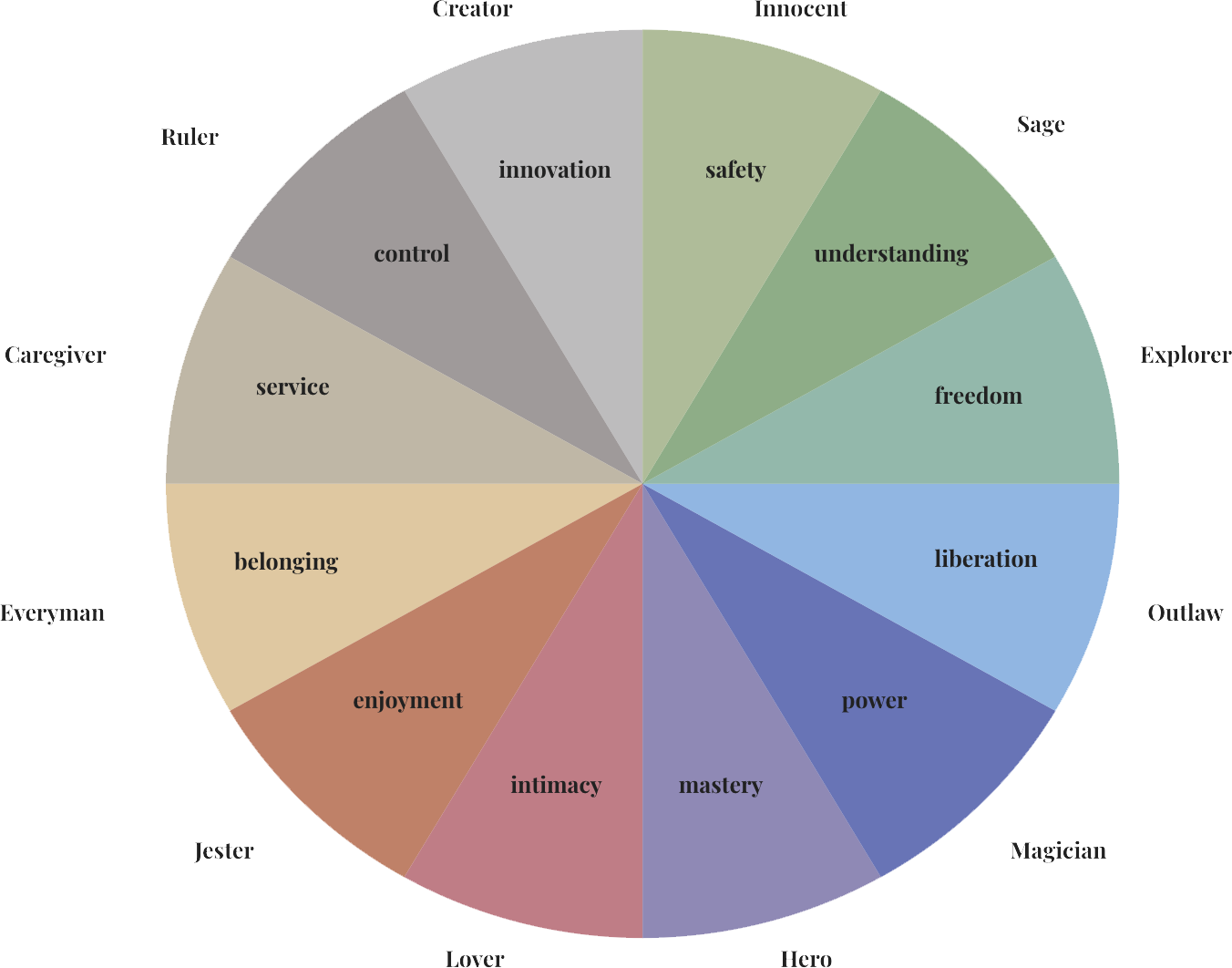- Published on
Brand archetypes - What are they and why do you need them

Ever wondered how some brands seem to have a magnetic pull, as if they were speaking directly to you? This isn't by accident; it's by design, through the strategic use of branding archetypes.
Introduction to Brand Archetypes
A concept that might seem esoteric at first, brand archetypes are, in fact, a foundational framework in defining a compelling brand identity for startups and established companies alike. If you've ever felt a deep connection to a brand, chances are, its archetype was working its magic on you.
What's a Brand Archetype, Anyway?
At its core, a brand archetype embodies human-like traits that resonate on a profound, often subconscious level with consumers. These archetypes are not random; they are rooted in the psychological work of C.G. Jung, who introduced the concept of archetypes as universally understood symbols or themes within our collective unconscious.
Imagine archetypes as the cast of characters in your favorite stories, each bringing a unique set of qualities and narratives. When applied to branding, these archetypes serve as a mental shortcut, enabling brands to deliver consistent, engaging, and relatable messaging and content.

🎭 The 12 Brand Archetypes Explained:
The Outlaw: Embodies freedom and rebellion, defying convention to pave their own path.
The Creator: Driven by innovation and creativity, this archetype seeks to leave a lasting impact through creation and expression.
The Magician: A symbol of transformation and wonder, the Magician turns dreams into reality, embodying the power of change.
The Hero: Known for bravery and overcoming obstacles, the Hero inspires others through courage and determination.
The Lover: Focused on intimacy and connection, the Lover represents passion, allure, and the pursuit of beauty in relationships.
The Jester: Lives to bring laughter and lightness, championing joy, playfulness, and the importance of not taking life too seriously.
The Everyman: Emphasizes simplicity and belonging, standing for relatability, honesty, and the common touch.
The Caregiver: Protective and nurturing, this archetype is all about support and compassion, offering a helping hand and a safe haven.
The Ruler: Craves control and order, symbolizing leadership, responsibility, and the desire to bring stability.
The Innocent: Seeks purity and happiness, characterized by optimism, simplicity, and an unshakeable belief in the good.
The Sage: Values knowledge and insight, embarking on a quest for truth and enlightenment with a rational and analytical approach.
The Explorer: Embodies the spirit of adventure and discovery, valuing freedom, authenticity, and the joy of new experiences.
A Brief History
The concept of archetypes dates back to Plato, but it was Carl Jung who brought it into the realm of modern psychology. Jung's theory of the "collective unconscious" suggests that these archetypal characters are hardwired into our brains, resonating with us on a primal level. This understanding has been ingeniously adapted into the world of branding, enabling brands to tap into universal narratives and emotions.
Why Use Archetypes for Your Brand?
Archetypes offer a rich palette for differentiation in a crowded market. They allow brands to cultivate unique, authentic personalities that can deeply connect with consumers' emotions and values.
Mastering Archetypes: The Key to Iconic Brands
The world's most successful brands, such as Nike, Apple, and Amazon, have harnessed the power of archetypes to create resonant, enduring brand identities. Their mastery is evident in every aspect of their branding, from their messaging to their product design.
Dive Into the World of Archetypes
Exploring the world of brand archetypes is more than an exercise in marketing; it's a journey to the heart of what makes us tick. These timeless keys unlock the potential for genuine connections, transcending the transactional to create brands that are not only recognized but loved.
If you're seeking to elevate your brand, delve into the realm of archetypes. They're not just the foundation of resonant branding; they're the blueprint for building lasting relationships with your audience.